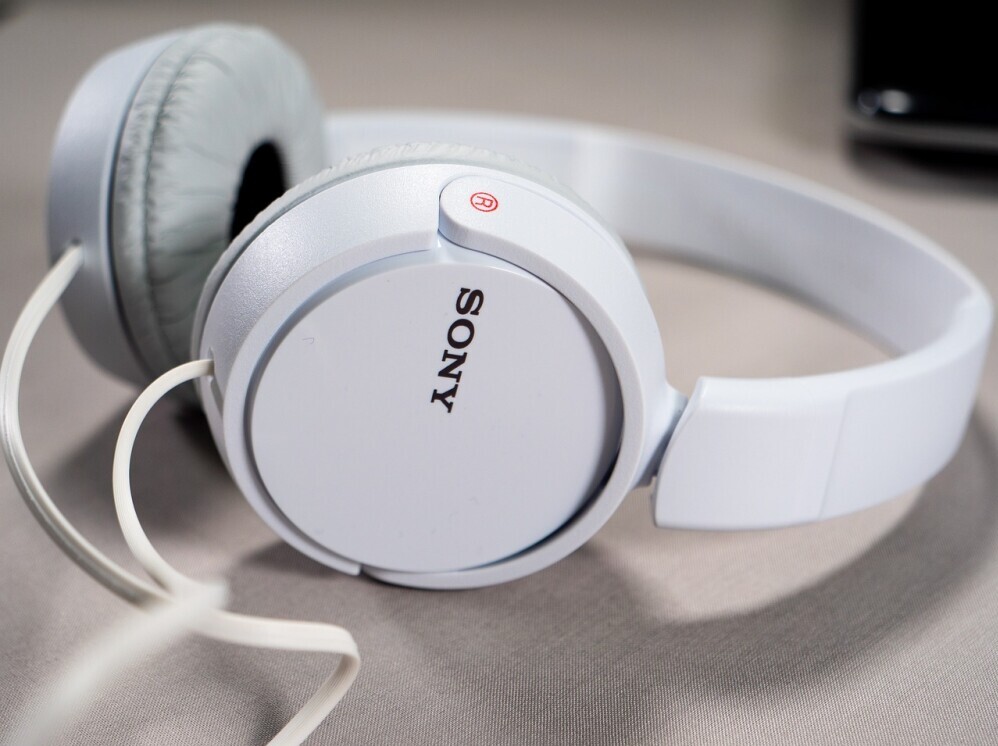If you’re in the market for a noise cancelling headphone , Sony has some game-changing options. With amazing tech advancements, it’s easier than ever to find headphones that fit your needs, whether you’re a casual listener or an audiophile.
When I review headphones, I look at several key factors: sound quality, comfort, battery life, and, of course, how well they cancel noise. After all, you’re paying for that serene, distraction-free listening experience.
The Sony WH-10000XM5 definitely caught my attention. Sony has consistently set the bar for noise cancelling headphones, and the WH-10000XM5 is no exception. The sound is crystal clear, the noise cancellation is top-notch, and they’re incredibly comfortable for long listening sessions.
Let’s break it down. The sound quality is balanced with deep bass and clear highs, making it perfect for all music genres. The noise cancellation is effective enough to block out the hum of an airplane or a noisy coffee shop. Plus, the headphones are designed to be ergonomic, so you can wear them for hours without discomfort.
Now, how does it compare to other top models? Take the Bose QuietComfort 45, for instance. The Bose has a slightly different sound profile, perhaps a bit more relaxed. It’s also super comfy and has comparable noise cancelling abilities. Then there’s the Apple AirPods Max, which offers seamless integration with other Apple products and an impressive soundstage.
Let’s not forget customer reviews. Many users rave about the Sony WH-10000XM5’s ability to deliver on all fronts – sound quality, comfort, and noise cancellation. Sure, there’s some competition, but Sony’s model stands out in many ways. Quite a few folks find it to be a reliable, versatile choice whether they’re traveling, working, or just relaxing at home.
Storage and Safety Tips for Your Noise Cancelling Headphone
Keeping your noise cancelling headphones in perfect condition isn’t hard if you know what to do. Proper storage and handling can make a big difference. Let’s dig into some best practices.
First off, always use the protective case that comes with your headphones. It’s designed to protect against scratches, bumps, and general wear and tear. If your headphones didn’t come with a case, investing in a good one is a smart move.
Cleaning your headphones regularly is crucial. Wipe them down with a soft, dry cloth after each use to remove sweat and oils. Avoid using harsh chemicals – a bit of water or mild soap on a cloth works fine.
Proper storage also means keeping them in a cool, dry place. Extreme temperatures and humidity can damage the electronics and the materials. So, steer clear of leaving them in hot cars or damp rooms.
The way you handle your headphones matters, too. Avoid wrapping the cord around the headphones too tightly. This can lead to fraying and eventually damage the internal wiring. Instead, loosely coil the cable or use a cable organizer.
Expert tip: Look for storage solutions that have built-in compartments for accessories like extra ear pads or charging cables. This keeps everything in one place and reduces the chance of losing small items.
Finally, if you’re not using your headphones for an extended period, make sure they’re fully charged before storing them. This prolongs battery life and ensures they’re ready to go when you need them. Following these tips will help you get the most out of your noise cancelling headphones, keeping them in top shape for years to come.
Headphone Usage: Ensuring Comfort and Ear Health
Understanding how long you can wear headphones without harming your ears is key for anyone who loves quality sound. Listening to music, podcasts, or audiobooks all day might be enjoyable, but it’s crucial to pay attention to the duration and volume of use.
Audiologists generally recommend following the 60/60 rule. This means using headphones at no more than 60% of the maximum volume for no longer than 60 minutes at a time. Taking breaks in between sessions allows your ears to rest and recover, reducing the risk of hearing damage.
Watch out for signs of overuse, such as ringing in the ears, discomfort, or a feeling of fullness in the ear canal. If you notice any of these symptoms, it’s time to take a break and lower the volume. Over time, consistent overuse can lead to long-term hearing issues, which nobody wants.
Choosing the right type of headphone can also make a difference. Over-ear headphones are generally more comfortable for prolonged use compared to in-ear models. They distribute pressure more evenly around the ears and usually offer better sound quality at lower volumes.
Hydration and proper hygiene are surprisingly important for ear health. Keeping your ears dry and clean reduces the risk of infections, which can be exacerbated by prolonged headphone use. Consider using headphones with breathable materials to avoid excessive sweating and discomfort.
Maintaining a balanced approach to audio volume and duration can protect your hearing while still letting you enjoy your favorite tunes or podcasts. If you’re unsure about safe practices, don’t hesitate to consult an audiologist for personalized advice. Your ears will thank you!
